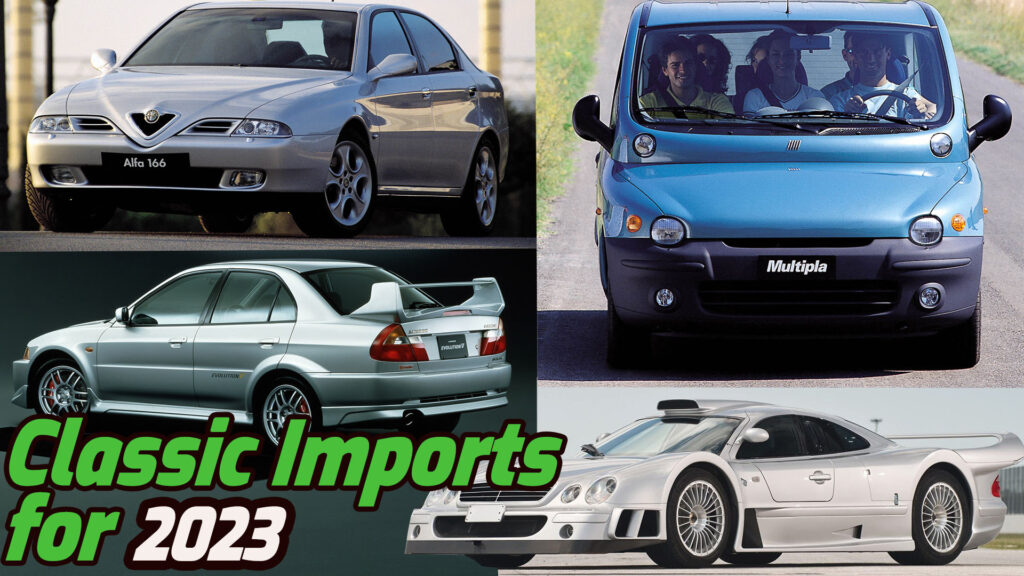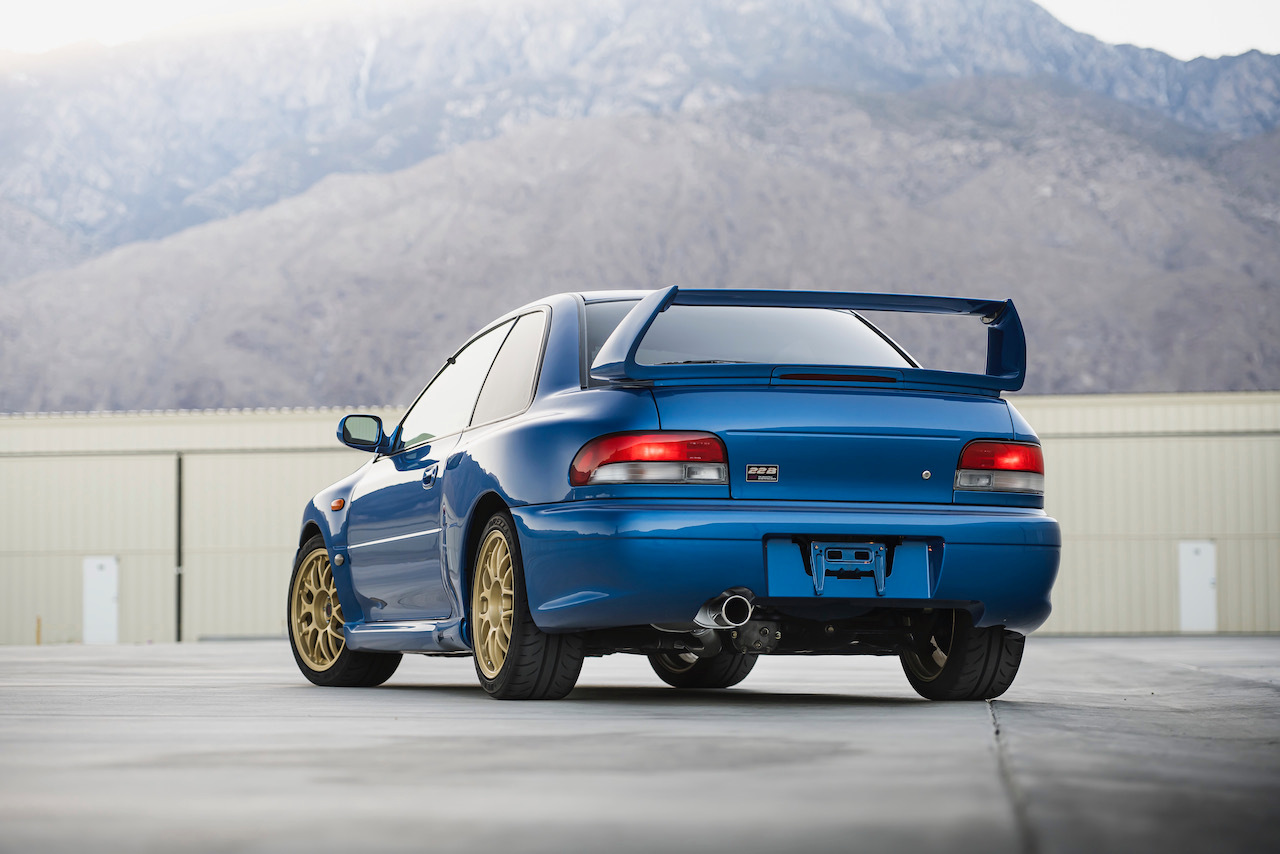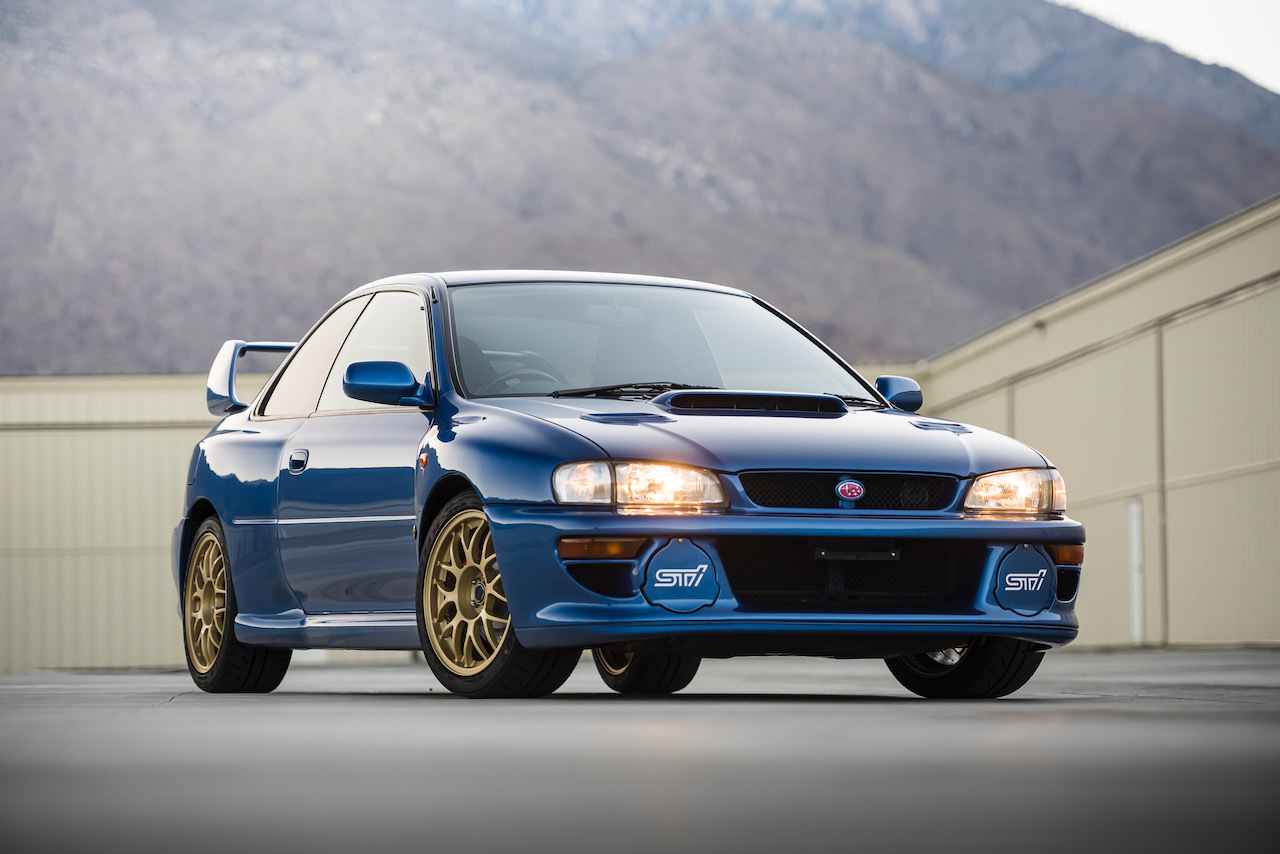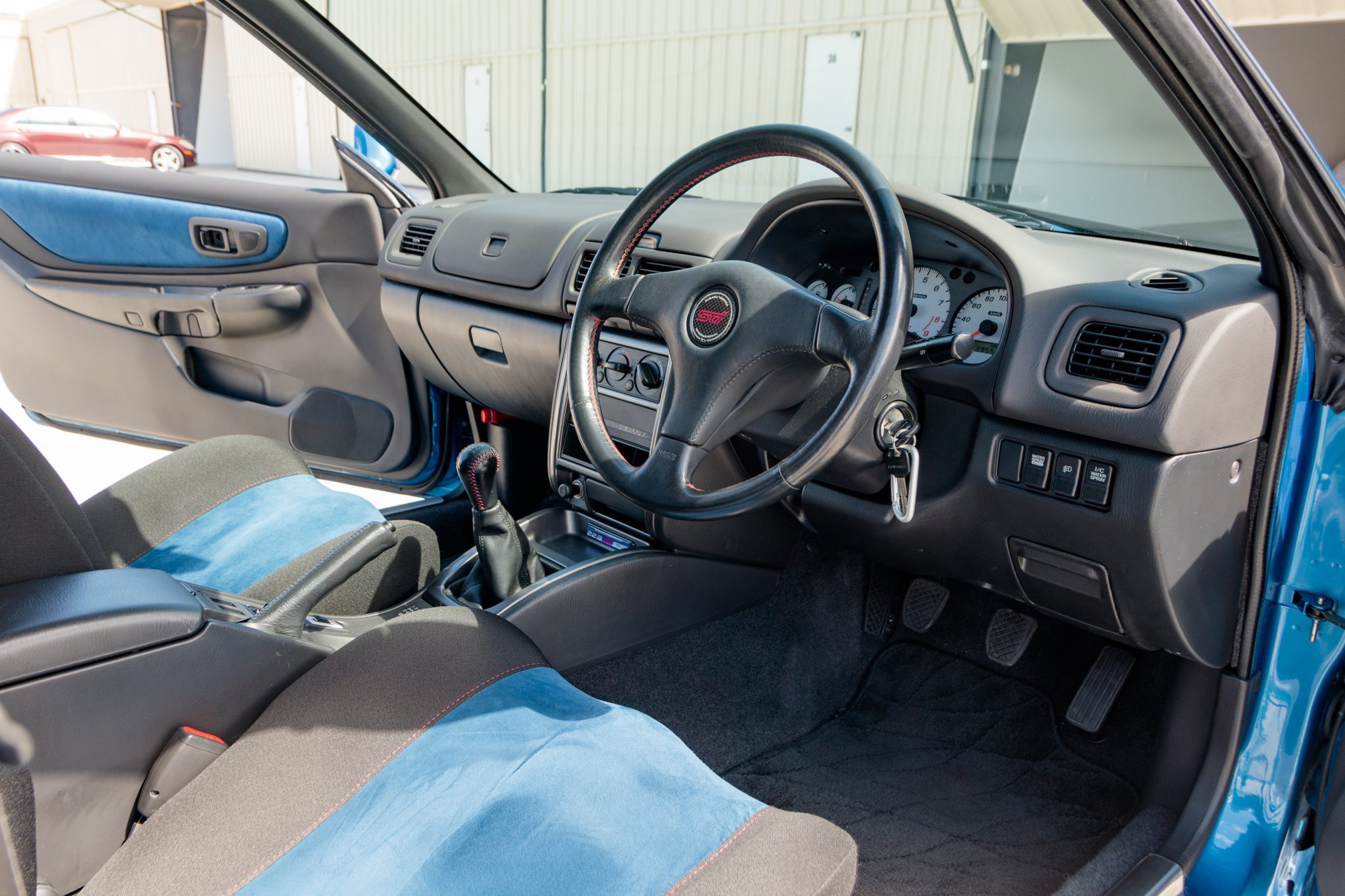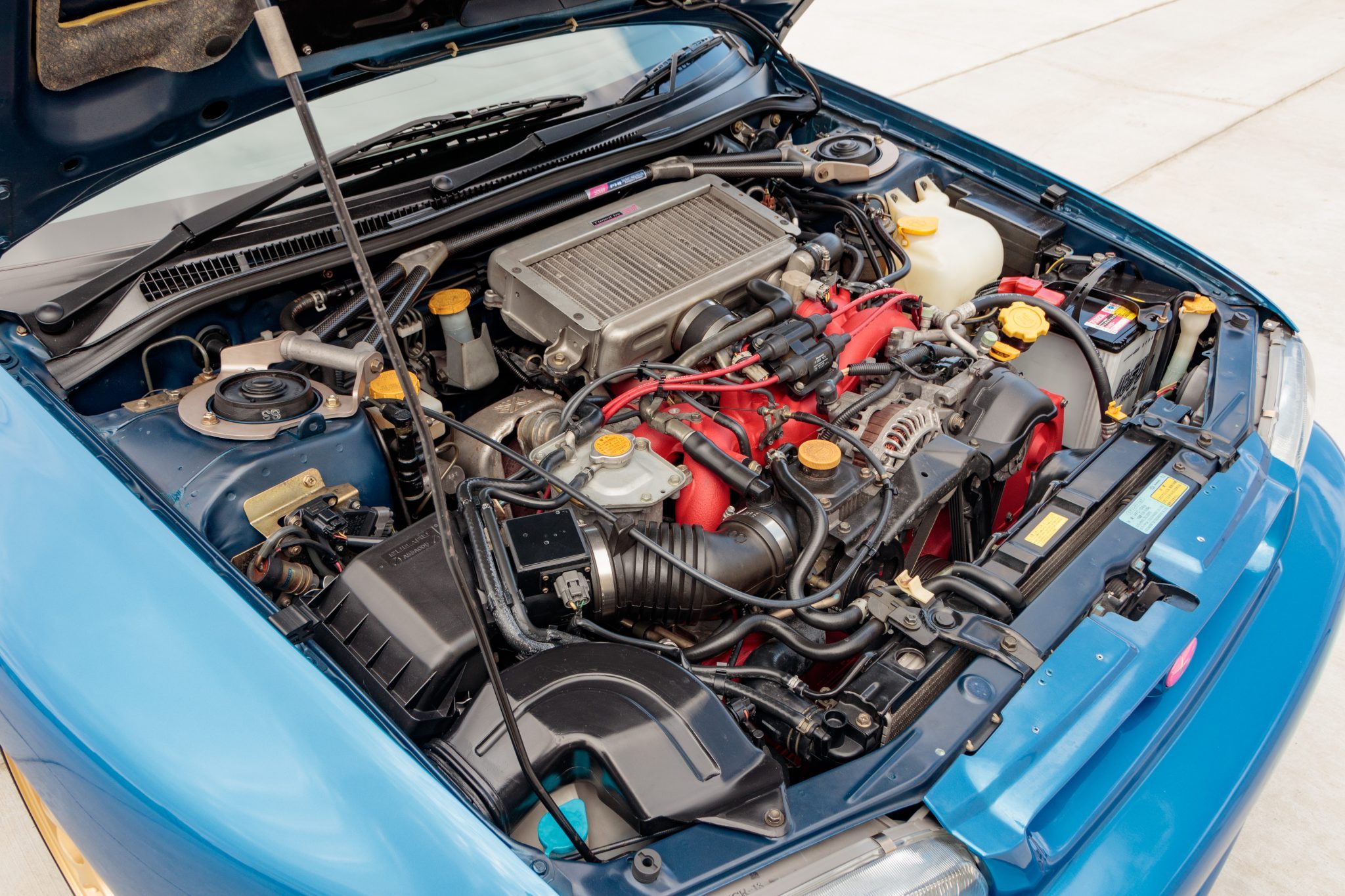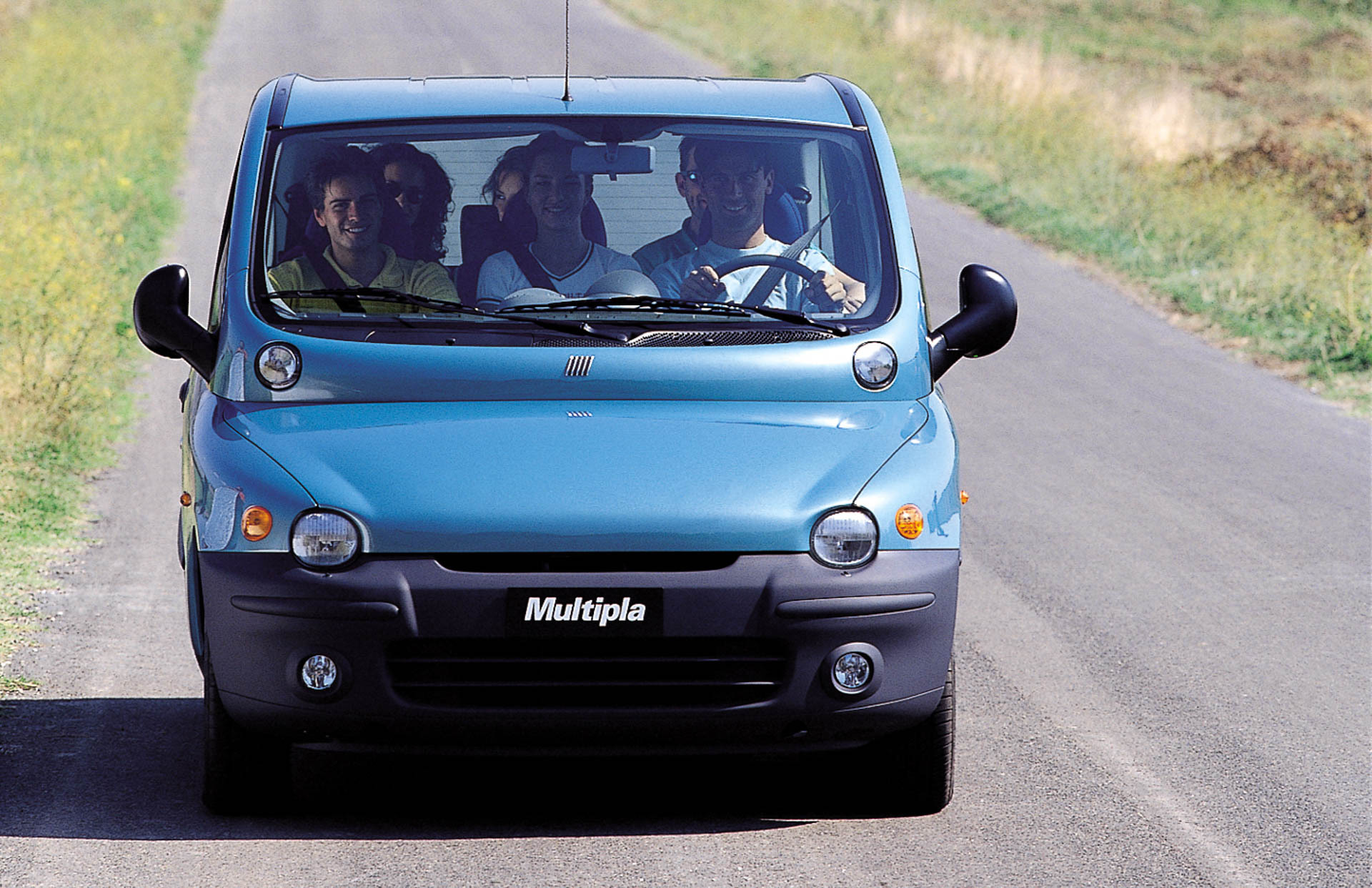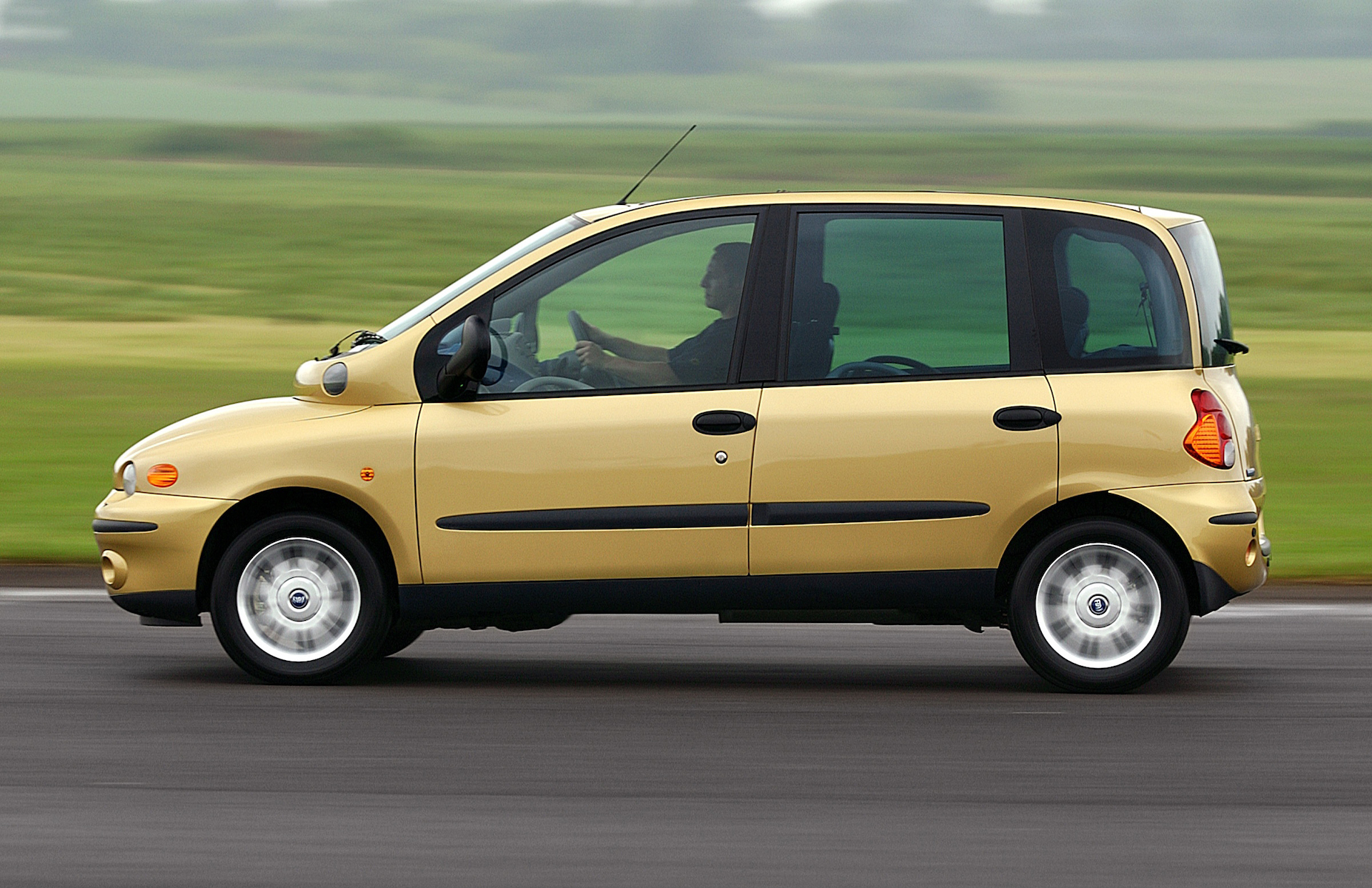We’re almost ready to wave goodbye to 2022 and that means we’re almost ready to say hello to a new haul of classic cars that can be legally imported to the U.S. under the 25-year rule.
We’ve pulled together a list of some of the cars first produced during the 1998 calendar year that weren’t originally homologated for sale in America, but are now able to side-step those pesky safety and emissions regulations that kept them out in the first place.
It’s worth remembering that you can only import a car that you can prove was built at least 25 years ago – there were plenty of cool cars launched at motor shows in 1998, which on the face of it appear to qualify, but many didn’t go on sale until the following year, and so won’t make the cut until 2024.
Honda Accord Type R $5,000-10,000
Related: Is This What A New Honda Integra Type R Should Have Looked Like?
Honda first three Type R cars – NSX, Integra, Civic – were all rapid, rabid drivers cars that prioritized driving fun above all else. But its next car, the European-market Accord Type R (not to be confused with the Japanese-market Accord Euro R!), had more space, a lower redline, and was a little more rounded.
Power comes from a relatively large 2.2-liter H22A inline four developing 209 hp (212 PS) at a relatively relaxed 7,200 rpm, so it’s less manic to drive, but a great choice if you intend to cover some big distances in your weekend car, or make it a daily.
Mitsubishi Lancer Evo V $25,000-35,000
Combining the huge circular bumper lights from the Evo IV and the aggressive fender flares from the VI, the Evo V is hands down the coolest Lancer Evolution of all. The 2.0-liter 4G63 engine was still underrated at 276 hp (280 PS) to keep Japan’s regulators happy, but another 50 hp (51 PS) is only a few laptop keystrokes away. The stripped-down RS version is so raw it makes sushi seem overcooked, so the more commonly found GSR, with its nicer interior, ABS and clever active yaw control diff, is the best bet for most drivers.
Subaru Impreza 22B $250,000-300,000
The holy grail for Subaru fans, the Impreza 22B got wider bodywork, a special hue of blue paint and a boxer engine bored out to 2.2-liters, but rated at the same nonsensical 276 hp (280 PS) as a regular 2.0 Impreza STi.
Only around 400 were ever made to celebrate both Subaru’s 40th anniversary and its success in WRC, and that rarity has enabled at least one owner to get around the 25-year rule by bringing a car in under the “show or display” exemption. Unfortunately, that loophole limits owners to a measly 2,500 miles (4,023 km) annually.
Alfa Romeo 166 3.0 V6 $5,000-9,000
Alfa Romeo’s answer to the BMW E39 5-Series looked gawky next to its cover-model 156 little brother, which was a shame given how cool it was under the skin. There were double wishbones at each front corner, a multi-link axle at the back and the top engine was a 223 hp (226 PS) 3.0-liter V6 not available in the 156 – but still available with a manual transmission.
Volkswagen Lupo $5,000-8,000
VW fans don’t exclusively equate speed with desirability, which is why we can imagine more than a few might be tempted to load a little Lupo onto a cargo ship from next fall when the oldest of these cut-down Polos become eligible for import. There’s a strong Lupo scene in Europe and a modified version of the 1.4 model would create more buzz on U.S. roads than 74 hp (75 PS) has any right to.
Fiat Multipla $2,000-7,000
But if you really want to stop traffic rather than simply slow it down, what you really need is a first generation Fiat Multipla. Shorter than a Golf and wider than a BMW 5-Series, the Multipla’s unusual proportions were a result of an unusual two-row, but six-seat layout that made this minivan mutant incredibly practical.
But what really gets people staring is that face. That weird strip of metal under the windshield looks like a big roll of belly fat, and what’s going on with the lights at either end of it? The Multipla is one of those cars you can’t believe got signed off, and Fiat probably wished the same, judging by how boring and conventional the facelifted version looked in comparison. Give us the brilliant, butt-ugly original any day.
Mercedes CLK-GTR Strassenversion $9-11 million
FIA rules allowed Mercedes to build one road-going prototype of its CLK-GTR Le Mans car in 1997 prior to the races taking place, with the remainder of the necessary 25 units being completed in 1998 and 1999. Power came from a 6.9-liter naturally-aspirated V12 making 622 hp (631 PS) that drove the rear wheels through a six-speed sequential transmission.
Like the Impreza 22B, this one already qualifies under show or display rules, but now you can import one and take it on cross country road trips without worrying about mileage limits. Well, it is meant to be an endurance car, right?
Smart ForTwo $3,000-6,000
Smart’s ForTwo didn’t come to the U.S. until 2008, by which time the second-generation two-seater had already been on sale in Europe for a year. But for American microcar fetishists that means the original Smart unveiled in late 1997 and available in German dealerships the following spring has so far been off the menu. Though the first and second generation cars look similar, the original is even shorter, measuring just 98.4 in (2.5 m) long.
Lotus Elise Sport 190 – $30,000-40,000
Related: Fully Electric Lotus Elise Successor To Retain Sharp Driving Dynamics And A Focus On Lightness
Between launching the original 118 hp (120 PS) Elise in 1996 and the 177 hp (179 PS) track-ready Exige coupe in 2000, Lotus produced something that had a foot in both camps: the Elise Sport 190. The 190 wasn’t strictly road legal, so Lotus registered the cars as standard Elises then applied the upgrades, which were clearly aimed at heavy circuit users.
The suspension was stiffer, lower and manually adjustable, the brakes upgraded with Lotus AP calipers and the the wheels were an inch wider and wrapped in semi-slick Yokohama rubber. But what made it really fly was the 190 hp (193 PS) engine that later became an optional upgrade on the Exige.
Peugeot 306 Rallye – $6,000-10,000
Back in the late 1990s the Peugeot 306 GTi-6 was the family-sized hot hatch to beat on Europe’s roads thanks to its sweet Pininfarina styling, fizzy 167 hp (169 PS) 2.0-liter atmo engine and a chassis that took its steering instructions as much from your right foot as your hands. And the Rallye offshoot was even lighter and faster.
The Rallye treatment was like Porsche’s old Club Sport Philosophy: less about adding fancy, expensive materials than stripping out luxuries and actually charging you less for the result. So there was no air conditioning and the plastic steering wheel was rental-spec, but the driving experience was as pure as they come.




